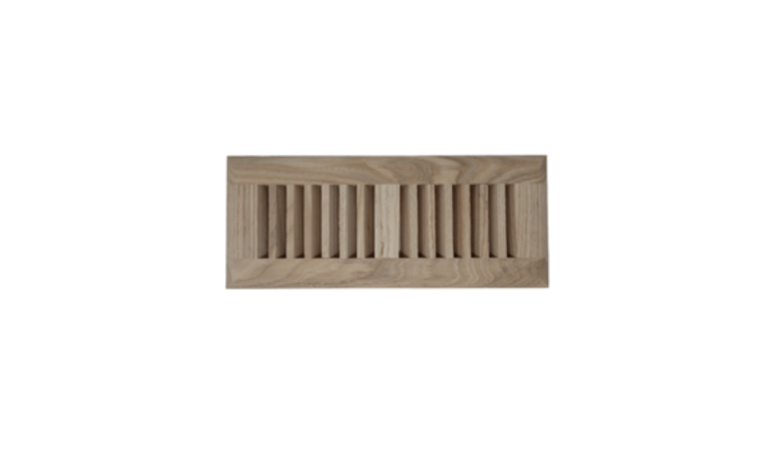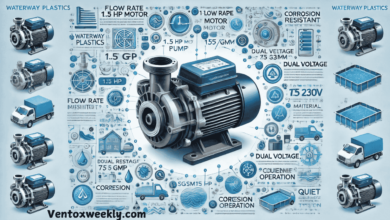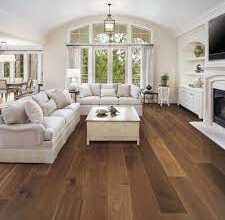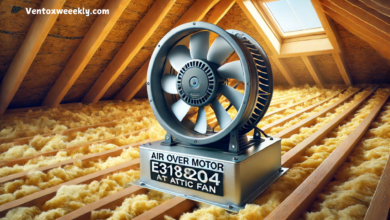Tips for Improving Heat Efficiency in Your Living Space

The escalating prices of energy have compelled numerous homeowners to recalibrate their thoughts regarding the enhancement of heat-efficiency in their abodes. Aside from the financial savings, improving heat efficiency signifies a stride towards diminishing your carbon emissions and endorsing a more ecologically sound environment.
Understanding the Intricacies of Heat Efficiency in Your Nest
Heat efficiency denotes the efficacy through which your habitation retains warmth while economizing on energy usage. Evaluated through a combination of insulation magnitudes, air-tightness, and the performance of the heating system, homes with exemplary heat efficiency necessitate lesser energy to upkeep a pleasant temperature. Fulfilling superior heat efficiency not merely retains your heating bills low but also mitigates wear and tear on your HVAC systems, ensuring long-lasting comfort.
Recognizing Notorious Hotbeds of Heat Loss
Prior to initiating enhancements, discerning where heat loss is most likely to occur is critical. The usual suspects are windows, doors, attics, and inadequately sealed vents.
Windows and doors, particularly the antiquated ones, are routine sources of drafts. It’s possible that you’ve already experienced this when chilling winds permeate on blustery days. In a similar vein, inadequately insulated attics are a considerable source of heat escape. Since heat is inclined to ascend, insulation gaps in the attic can cause significant energy squandering. Air vents and baseboard heating systems, if left unmaintained, can exacerbate the problem by enabling warm air to escape before it circulates efficiently in your living area.
Emend Heat Efficiency with Proven Techniques
Put a Lid on Drafts Around Windows and Doors
The easiest remedy to elevate heat efficiency is by plugging drafts around windows and doors. Weatherstripping, an inexpensive and straightforward solution, fortifies the seal, confining warm air indoors. For windows, inclusion of thermal or insulating curtains can offer an additional layer of fortification.
Revamp Your Insulation
Missing or outdated attic insulation could be draining your wallet through unchecked heat loss. Contemporary insulation materials like spray foam or fiberglass batt can plug gaps more effectively, acting as a formidable energy barrier. Don’t neglect to insulate walls and floors for an additional surge in heat efficiency.
Boost Baseboard Heating Vents
Baseboard vents obstructed by furniture or debris impede the optimized distribution of warm air. Certify every baseboard vent is unencumbered, promoting unhindered circulation of heat.
Install a Programmable Thermostat
A programmable thermostat can assist in controlling heating according to your schedule, averting unnecessary work when the house is deserted. Several smart thermostats even scrutinize usage patterns and impose automatic temperature adjustments to maximize energy conservation.
Caution: Heat Loss from Attics and Ductwork
Unsealed attics could be a covert source of heat loss. Mitigating gaps and fissures can curtail heat dispersion drastically. Concurrently, inspecting your ductwork for leaks or damage assures your heating system’s prime efficiency, guaranteeing uniform heat distribution throughout your dwelling.
Heating Up Towards a Warmer, More Efficient Residence
Bolstering heat efficiency is more achievable than conventionally assumed, with even minor adjustments generating noticeable variations in your comfort and energy bills. Tackling frequent heat loss points and employing these tips will foster a living atmosphere that’s warm, cozy, economically sensible, and environmentally conscious.
Take one stride at a time, and soon, you’ll discern the tangible impacts—both in your dwelling’s warmth and your monthly savings.




